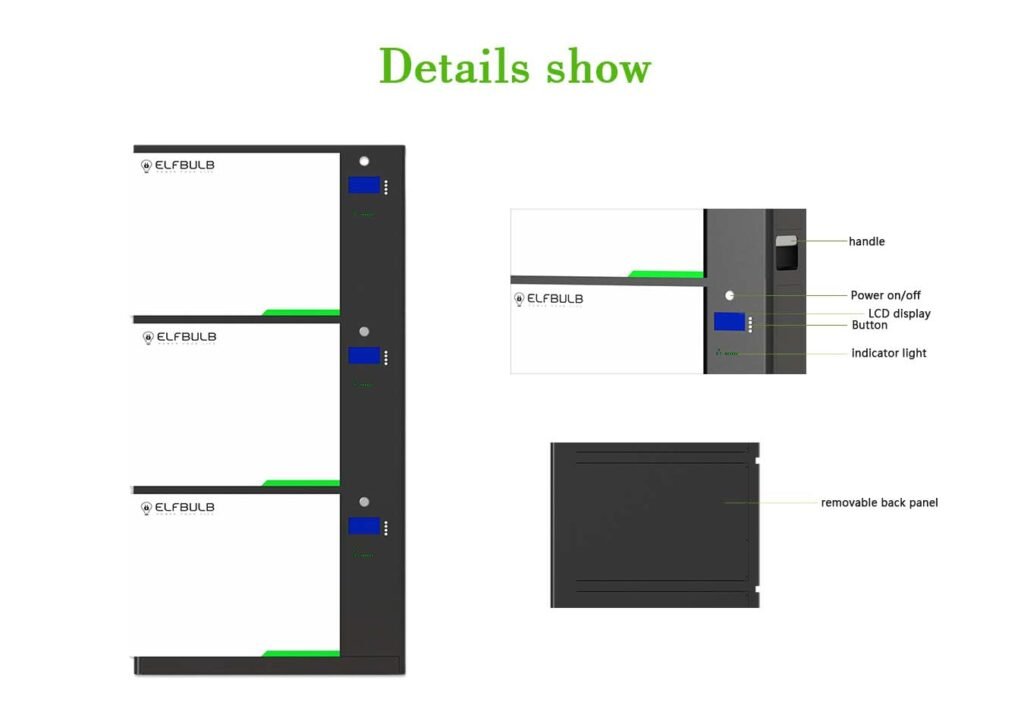Understanding Battery Charging
Before we dive into specifics, let’s lay the groundwork. Battery charging involves replenishing energy into the battery cells. The charging process is crucial for maintaining battery health and ensuring optimal performance.
Factors Influencing Charging Current
- Battery Type: Different battery chemistries have varying charging requirements. For our discussion, we’ll focus on LiFePO4 (Lithium Iron Phosphate) batteries, known for their efficiency and longevity.
- Battery Capacity: Our 300Ah battery packs a punch in terms of capacity. But how fast can we charge it?
- C-Rate: The C-rate represents the charging or discharging current relative to the battery’s capacity. For example:
- A 0.5C rate means charging at half the battery’s capacity.
- A 1C rate implies charging at the full capacity.

Calculating Maximum Charging Current
Let’s crunch the numbers:
- For a 12V 300Ah LiFePO4 battery, the maximum charge rate at 0.5C is:
[ \text{Maximum Charge Current} = 300 , \text{Ah} \times 0.5 = 150 , \text{Amps} ] - If you’re using an MPPT (Maximum Power Point Tracking) charge controller, you can push the limits further. MPPT controllers are highly efficient, often reaching 98% efficiency.
Practical Scenario
Suppose you’re harnessing solar power to charge your 300Ah LiFePO4 battery. Your location receives 6 hours of peak sunlight during summer days. Here’s what you’d need:
- An MPPT charge controller (for optimal efficiency).
- A total of 730 watts of solar panels (assuming 80% efficiency during peak sun hours).
In summary, you can charge your 300Ah LiFePO4 battery with up to 150 Amps using an MPPT controller. Remember, these calculations consider ideal conditions, and real-world factors may slightly alter the results.
So, go ahead—power up your battery and embrace the sun! ☀️🔋


